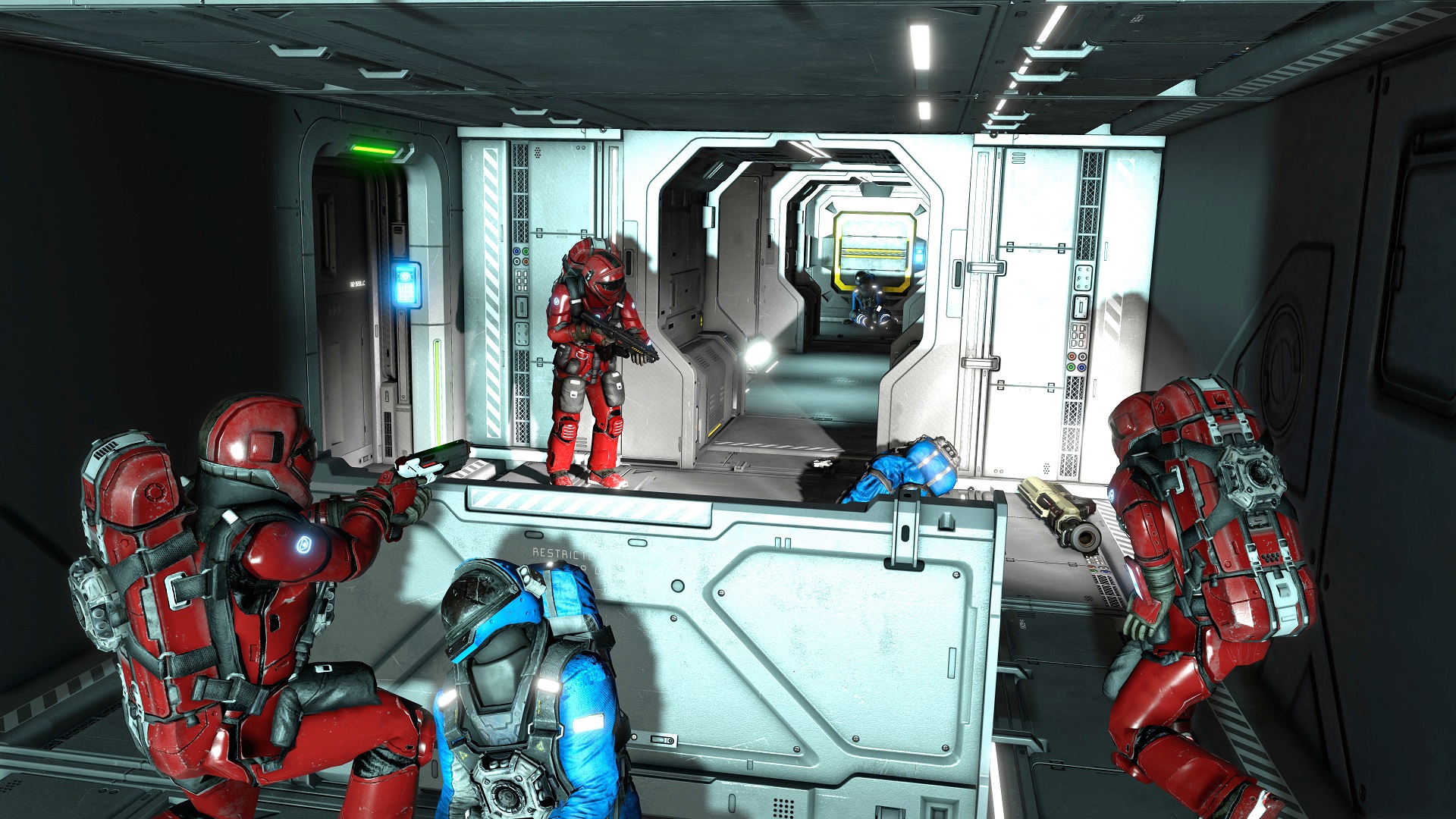Open-world crafting and survival games can be daunting at the best of times, but when you take the standard approach to resource collection, base building, survival and ultimately combat and then put it in space; you have an entirely more daunting proposition. But that is exactly what Space Engineers is: a sandbox survival simulator in which the players work either alone or in multiplayer to create space stations and space ships, which in a recent update, can then participate in combat missions.
Like many survival games this is an ambitious project, especially on console and, as is often the case, the Xbox version (which I am playing on Series X) has a few visual limitations and it usually receives updates a few months behind the PC original. Even so, having been available on console for around 18 months now, Space Engineers is really impressive.

Whilst the idea of exploring space, mining meteorites, landing on planets and building space stations might sound daunting, it is worth noting that Space Engineers isn’t exactly a simulation. Yes, ships need systems like life support, propulsion and similar, but in practice these just replace the kind of “essential” buildings that you would tend to find in the likes of Ark or Valheim.
There are some minimum requirements for the different kinds of building or ship you might want to create, and thankfully Space Engineers does a decent job of firstly explaining the various aspects of the game via a tutorial and secondly, reminding the player throughout. Whenever you attempt to craft something, a handy GUI will inform you of what components you need (including those you do and don’t have available) as you set up a blueprint.

This allows the player to effectively create an aspirational blueprint of what they want to build, and to then fill in the construction with the materials and components needed. I really like this way of enabling the player to build in a way that keeps things as simple as possible, whilst also allowing access to some very impressive structures.
On that note, the stations and ships that players can build in Space Engineers really are something else. My own modest achievements are limited to ships with a modest 2-3 person cockpit, a single gun and the equipment to mine asteroids and so on, but the sky — and beyond — really does seem to be the limit. Some of the battle stations and large warships that players are making are something else entirely.

I should mention at this point that Space Engineers features both survival and creative modes, with the latter perhaps being used more commonly to create truly massive ships. Personally, I prefer to play in survival mode, because another of Space Engineers really good features is the unique movement that being in space allows.
As you would expect, there is no gravity in space, so when a player is on a ship or at a location that supports magnetised boots, then movement will be normal — albeit a little heavy. Disengage the boots or travel into space though, and you’ll float just as you’d expect — and with the available propulsion systems you can push yourself towards asteroids, orbiting stations and so on — which is all very cool.

Summing up, Space Engineers is a relatively expensive but very impressive survival game that I have a ton of admiration for. Whilst space expiration doesn’t seem as “new” as it might once have, it’s actually quite underused in video games beyond those that have an established “future narrative” like Elite: Dangerous. Only No Man’s Sky has a similar scope to Space Engineers, but thanks to the focus on building and survival in a pseudo-realistic fashion, Space Engineers definitely has a place at the table.
You can grab Space Engineers on Xbox.